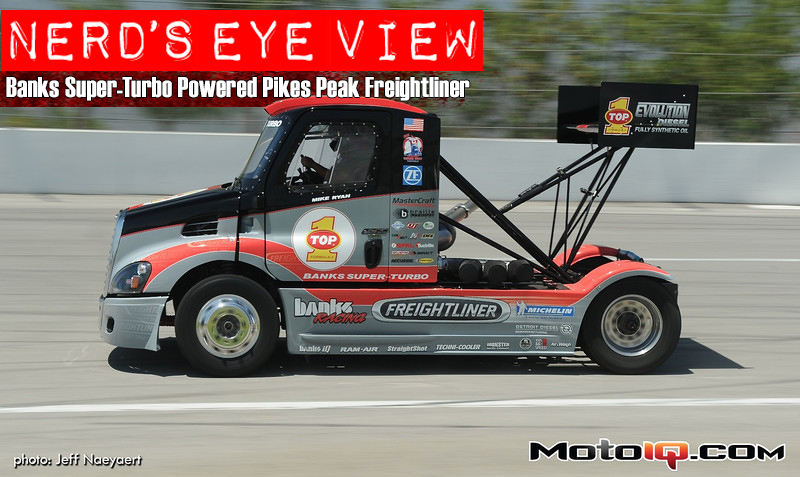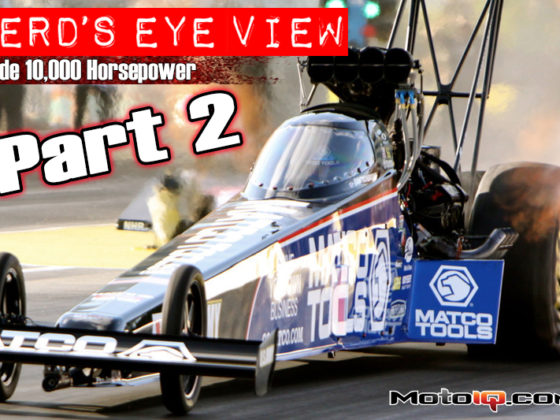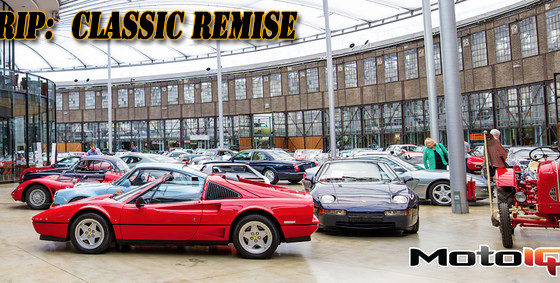
Nerd’s Eye View: Mike Ryan’s Banks Super-Turbo Powered Pikes Peak Freightliner
By Khiem Dinh
Khiem Dinh is an engineer for Honeywell Turbo Technologies at the time of this writing. All statements and opinions expressed by Khiem Dinh are solely those of Khiem Dinh and not reflective of Honeywell Turbo Technologies.
A 2008 Freightliner Cascadia is usually not the first choice when deciding to build a Pikes Peak Hillclimb vehicle. Mike Ryan is not your ordinary racer though and he likes his big trucks. This truck is unlike any other truck in the world, not even like those racing trucks out of Europe. Your basic semi-truck uses a turbo that most time attack cars would laugh at for being comically small. Not this truck, no siree Bob! To make this truck exceptionally special, Mike Ryan enlisted the help of Gale Banks to boost the power to hill moving levels. It’s not easy making around 2400hp and 4000+ lb-ft of torque, but we’re going to show you how it was done along with the tricks and components required to make a 5-ton semi-truck turn and stop.

Your basic Detroit Diesel Series 60, 6-cylinder, 14L engine starts off life at around 575hp and 1850 lb-ft of torque. Banks Power went in and designed a custom compound setup using an 8.3L Whipple supercharger and a Borg Warner S510 turbocharger. Making the engine run with the new forced induction setup is a custom calibrated Detroit Diesel ECU. To maximize air density and intercooling efficiency, a lot of water and methanol injection are used. A suite of Banks advanced injection systems are used as well. The Banks injection systems consist of a Straight-Shot, Double-Shot, and Triple-Shot. In this picture, you can see the solenoids of a Banks Double-Shot system injecting a water/meth mixture into the inlet of the supercharger. To maximize compressor efficiency, you want to perform your ‘intercooling’ DURING compression. So as the air is compressed, heat is being extracted simultaneously. Spraying the water/meth pre-supercharger achieves this by having the liquid evaporate during the compression of the air. The phase change from liquid to gas absorbs a tremendous amount of heat acting to intercool the air during compression in the blower. My 10th grade Chemistry teacher would be proud that I learned something applied in the real world.


The air is fed to the blower through this intake featuring three air filters! With as much air as the engine is sucking in, maximum filtration area is required to minimize pressure drop. As the stickers show, when the engine is at full-tilt, it can do some serious suckage.
Related







